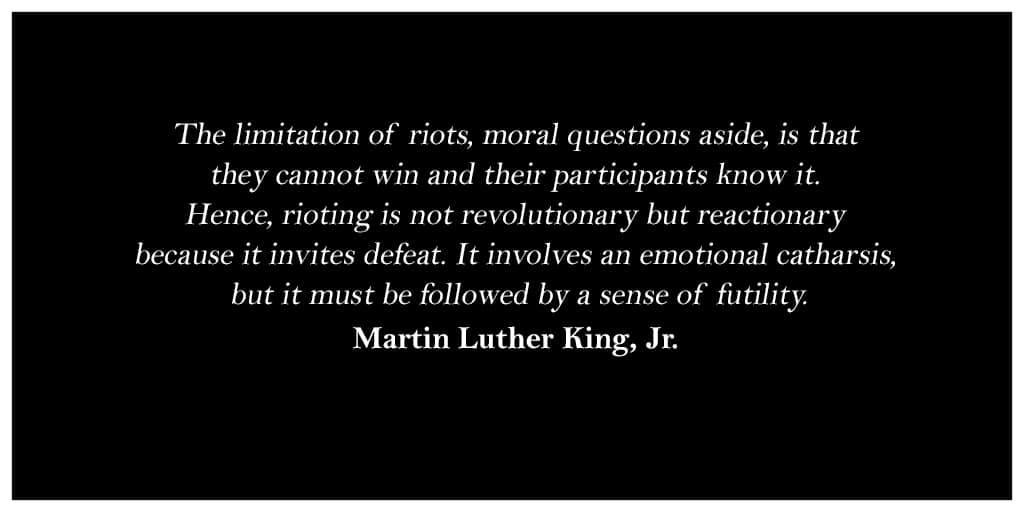
How to Teach Race to White Students: A Personal Account
As an undergraduate student, Tonya was hired to teach faculty, staff and students at Arizona State University on race matters. The following is an excerpt from her master’s thesis entitled: How to Teach Race to White Students: A Personal Account.
May 2001
One day a friend of mine came home from football practice with a story he wanted to share with me. He had left New Orleans to play community college in Arizona. I had developed friendships with him and some of his teammates, most of whom were from inner cities around the country. More than one of them had verbally claimed to hate white people and none of them were bothered in the slightest to admit it. We had engaged in multiple discussions about our various thoughts on race and this was to be another one of those. He told me that he had been talking to a white guy from the team and the discussion of race came up. After my friend had told him that he hated white people, the guy questioned, “If you hate white people so much, how come you hang out with that girl?” My friend’s response was, “Tonya? She’s not white.”
Slightly taken aback, I asked him what, if not white, I was. I will never forget the words he said:
You’re not White, you’re colorless. God didn’t make very many of you, but he made a few. The only reason why you are white is because that’s who’s in the majority right now. If Blacks were the majority, you would look black. You have to look like them so that they’ll listen to you.
His statement went against every identity and race theory I have ever read, but it is the one I hold onto the strongest. I do not know if I was chosen by a divine power, but I do believe that he was right about whose voices have been allowed to be heard. One of my professors told me one time that Audre Lord had said that you cannot dismantle the master’s house with the master’s tools. I agree with this statement, but I do not think it means that there is no place for Whites in discussions about racial equality in this country if they are willing to develop new tools. I would never have chosen education as a field to study if I did not think that people could change based on the discovery of new knowledge. Looking back on my experiences, I know that I would not have been able to critically question issues of race had I not been exposed to people and thoughts that were not a part of my world prior. I had to fight to learn a lot of this information because it went against everything I knew to be true. I saw that same struggle in my students and the people I trained.
The key to helping people understand and to creating a desire to question reality is motivation. If you find the right way to say what you know needs to be said, then you can change somebody’s life in the time it takes for them to hear it. The process of unlearning and relearning is a long one, but I know there are people who would choose to know rather than choose the lies they have always been told. No one has ever said it more simply than Fannie Lou Hamer when she said, “What you don’t understand is that as long as you stand with your feet on my neck, you got to stand in a ditch, too. But, if you move, I’m coming out. I want to get us both out of the ditch” (quoted in Beilenson & Jackson, 1992, p. 15). We can only move when we choose a direction. To help white students begin to understand the ramifications of perpetuating systems of oppression, we must first be able to teach them what it means to be white and how that invades every aspect of our lives. And then we can teach them how to critically examine their worlds based on that information. Only through that progression can people begin to truly understand the socialization they have endured and the ways they can begin to alter it. As instructors we must question our ability to aid someone in the process without hindering them with our own developmental issues. And, as Giroux (1997) says, recognize that through this process we are not setting out to change the world, but rather to “set the foundation for producing generations of students who might” (p. 29).
And, above all else, we must teach.



